Britain has its fair share of famous 20th century ghost images; from national landmarks to tiny hamlets, no square inch is spared from spectral display.
Newby Hall, an 18thcentury house near Ripon in Yorkshire, is both a family tourist attraction and the scene of one of the most captivating (supposed) paranormal images of the 1960s.

The ‘Newby Monk’ (otherwise known as the ‘Spectre of Newby Church’) is the name given to the ghostly apparition developed in a photograph taken on the grounds of Newby Hall’s own Church of Christ the Consoler. The Reverend Kenneth F Lord took the image in 1963 and remarked that the infamous ‘monk’-like shape was not present at the time of taking the photograph.
When the image was developed and circulated, speculation began as to what or who the murky humanoid shape may be. As with all good British hauntings, the first port of call was mysterious clergy, with many suggesting that the figure bears a similarity to a 16thcentury monk. The white blur concealing his face is generally referred to as a shroud, possibly concealing leprosy or a similar facial disfigurement.

Naturally, there’s a school of thought that the monk is little more than an accomplice taffled in bedsheets (Or similar. I happen to like the bedsheet image.) While many believe the figure to stand at 9 feet tall, considering the monk’s feet are not visible, sceptics argue that the accomplice is simply standing on a box.
Nonetheless, the blurred scream-mask of the monk permeated public imagination and was adopted by tabloids and paranormal groups alike. There are multiple reports of photographic experts examining the image and finding no evidence of tampering. However, many other investigators cite it as having all the hallmarks of a double exposure image. (Double exposure being where two or more images are superimposed to give the appearance of being one singular image.) To date, there has been no clear explanation as to the reason and method of production of the Newby Monk, which only adds to its enduring quality!

Newby Church itself is not a place of ghost hunts or repeated clams of paranormal events – indeed, the 1960s spectre has the monopoly on spirit activity. Comparatively speaking, the church is a young one, founded in 1876.
Its reason for construction is similarly unique; in the April of 1870, Frederick Vyner (of noble heritage) and several other titled British and Italian tourists were ambushed and kidnapped during their travels through Greece.
A few days later, a ransom was demanded for the release of the party. While a large portion of the funds were gathered for the groups’ release, a failed rescue attempt saw three of the tourists murdered, including Frederick.
Frederick’s mother was understandably heartbroken, and saw to it that the remainder of the accumulated ransom money was used in the construction of two churches in memory of her murdered son. The first, Christ the Consoler, was built on her own land in Newby, the other at his sister’s land at Studley Royal.
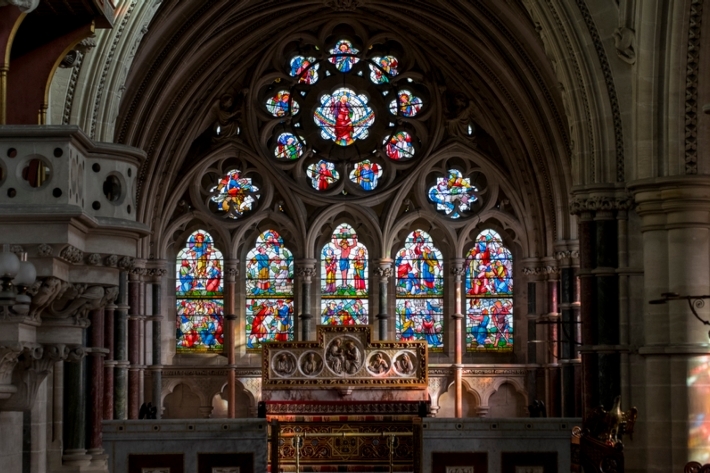
While I am not theologically qualified, I would argue that a church founded in the 19thcentury would have little reason for 16thcentury monks to have taken up residence.
Has this stopped the spectral monk in his tracks? Not at all. The Reverend’s questionable image has its own autonomy and continues to captivate and unnerve to this day.
Sources / Further Reading:
http://www.theparanormalguide.com/blog/the-ghost-monk-of-newby-church
https://forums.overclockers.co.uk/threads/newby-ghost-photo-ever-proved-a-fake.17930883/
http://www.daffadillies.co.uk/trigger/b720031

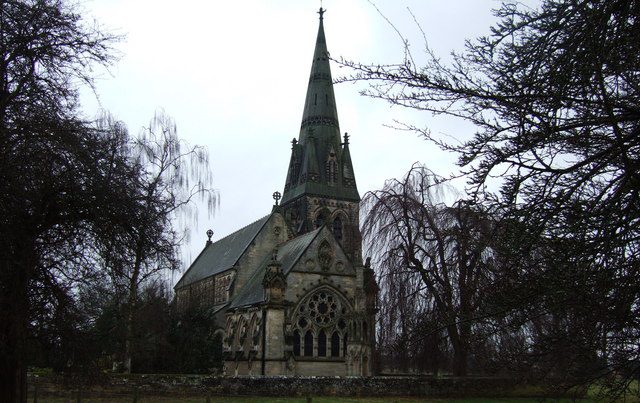
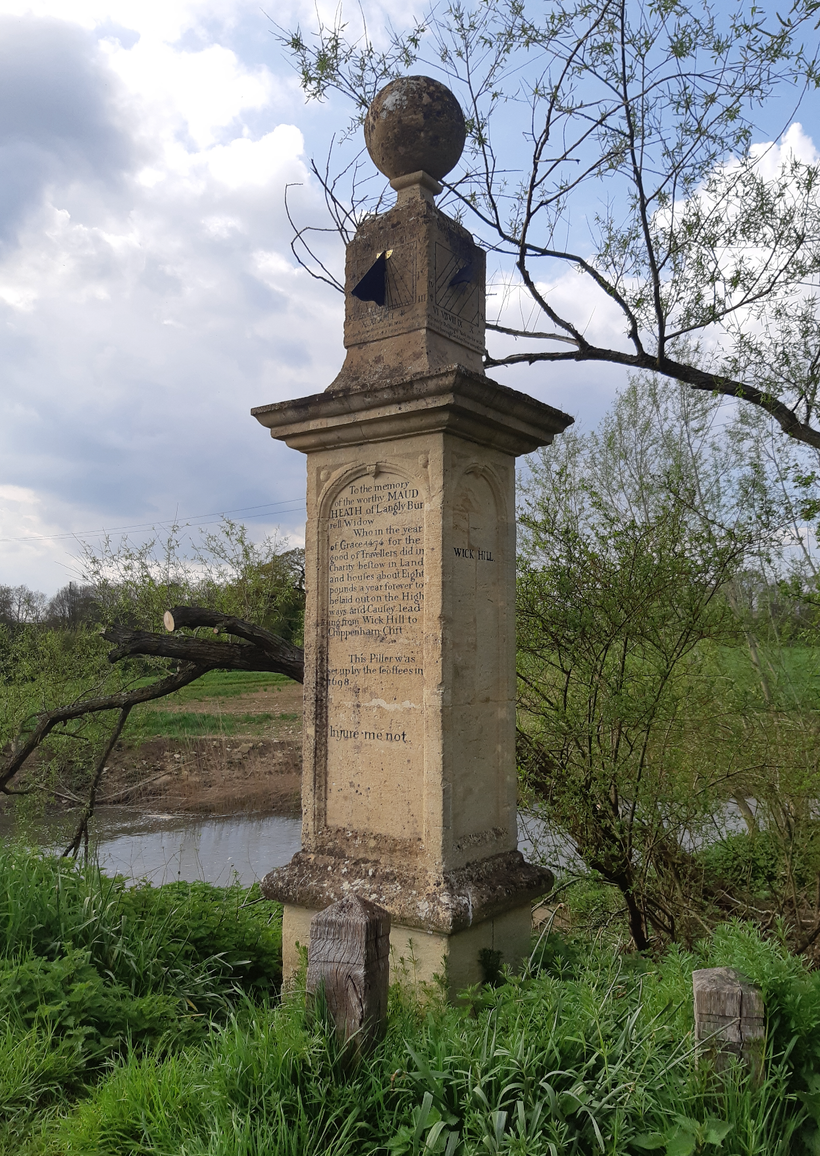
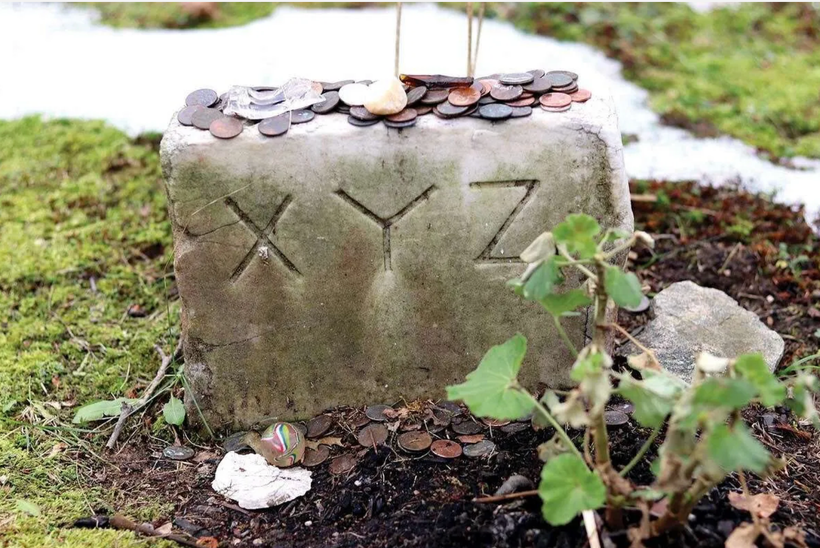

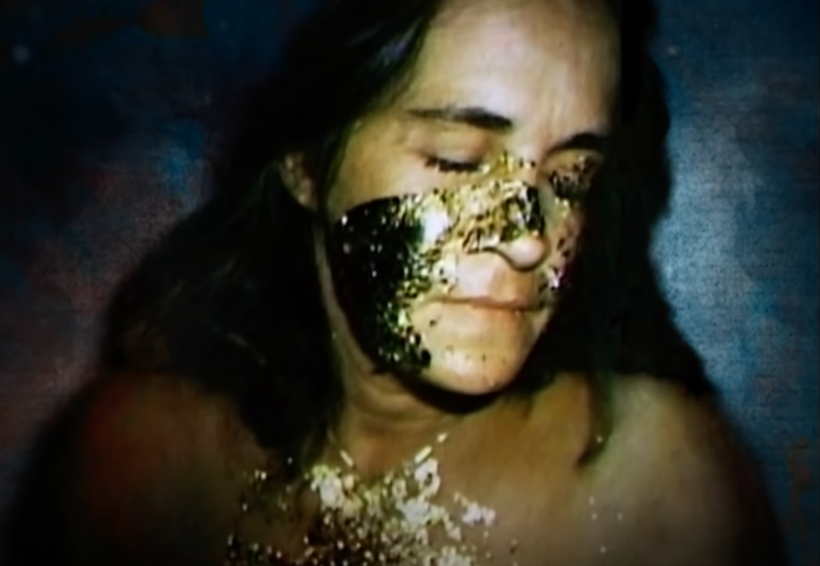
Leave a comment